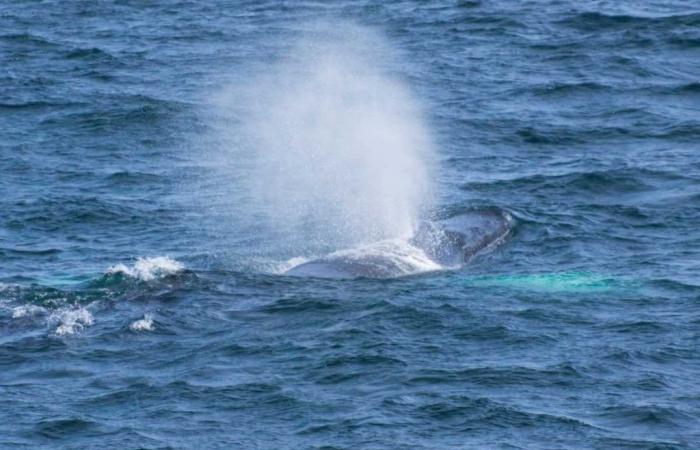A species not seen in more than 100 years has returned to the sea, surprising scientists with its return after a long absence.
After nearly a century of absence, the sei whale has returned to the seas of Argentine Patagonia, bringing with it a glimmer of hope for marine biodiversity. This species, known scientifically as Balaenoptera borealis, had been declared extinct along the Patagonian coast, but has now been spotted again by researchers.
A species returns to the sea
The ban on commercial hunting of this species has played a decisive role in its return. It clearly demonstrates how conservation policy can make a difference in preserving marine species. In the past, the Northern whale had been pushed to the brink of extinction by intensive hunting in the 1920s and 1930s. Whalers hunted these large creatures for their meat, oil and baleen, drastically reducing their population.
Il global ban on commercial whalingimplemented by various environmental organizations fifty years ago, offered this species a chance of survival. This intervention has allowed sei whales to slowly recover and return to populate the waters. that they once called home.
The Return of the Sei Whale
Il Return of the Sei Whale is a tangible sign of hope for nature conservation. These marine giants can reach 16 meters long and weigh up to 30 tonsThey have a slender and hydrodynamic body of dark grey colour with lighter spots on the belly and longitudinal crests on the head, characteristics that make them unmistakable.
Doctor Mariano Coscarellabiologist and researcher at the Consejo Nacional de Investigaciones Científicas y Técnicas in Argentina, highlighted how the population of these whales has become extremely rare due to intensive hunting in the past. “It was not a mysterious disappearance, but the direct result of a disastrous hunting period. We knew they were not extinct, but their numbers were so low that it was almost impossible to spot them..”
Dr. Coscarella and his team have documented thethe extraordinary return of these whales while working on a satellite tracking project funded by the project Pristine Seas del National Geographic. He stressed the importance of maintaining the whaling ban to preserve the progress made in recent years and allow the sei whale population to continue to recover and thrive.
The return of the sei whale to the waters of Patagonia is an emblematic success of marine conservation. It is an example of how global efforts to protect threatened species can yield tangible positive results. Continuing to protect these creatures is important to ensure a sustainable future for our oceans and the species that inhabit them.





